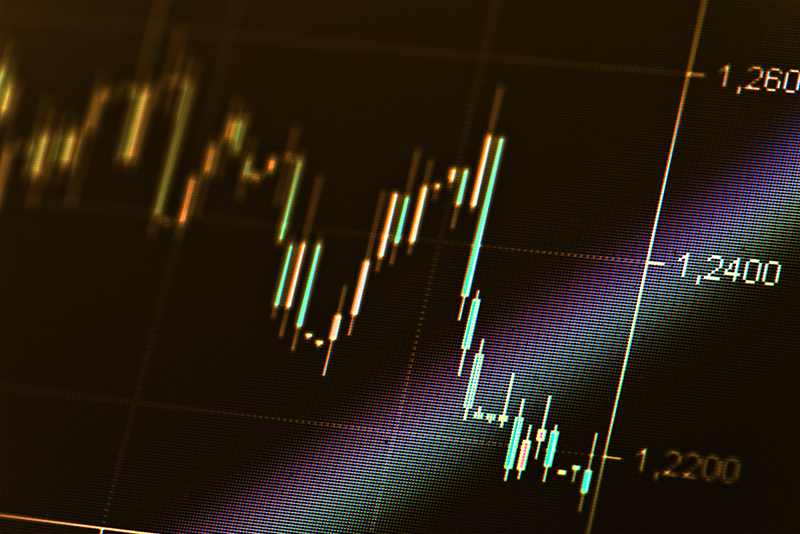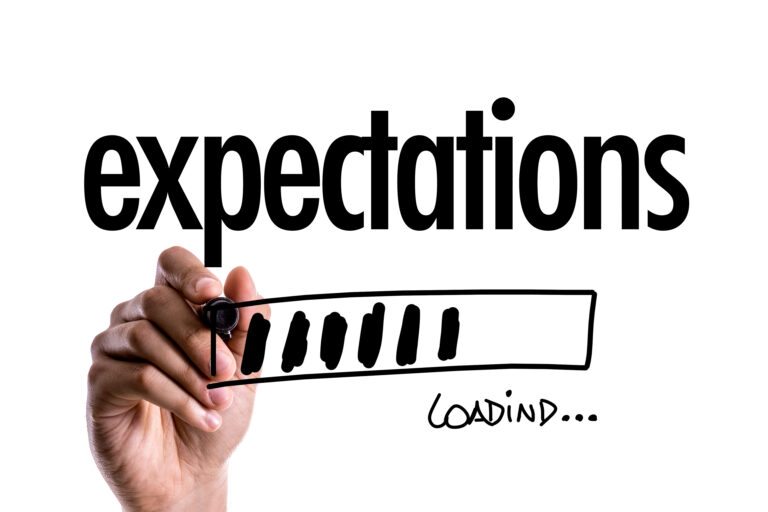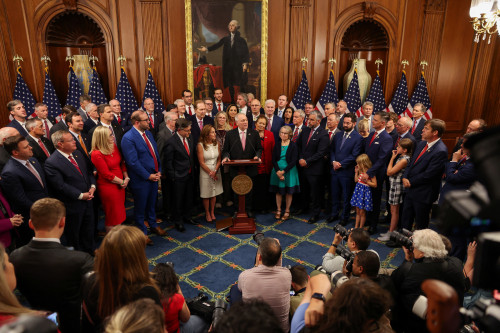
(Justin Vaughn, Editor, Options Trading Report)
Stumbling Stocks… As the Fed speeds up the stimulus phaseout, investors’ fears nudged the indices. Stocks fell this past week on worries about interest-rate increases by major central banks, to rein in inflation, according to a plethora of economists. At the same time bond yields have been edging lower, against a backdrop of the highest inflation readings in nearly four decades. As expected, the Federal Reserve announced that it would wind up its securities purchases more rapidly than previously scheduled, opening the way for higher interest rates as early as March. After initially reacting to the Fed’s decision with little concern, stocks sold off sharply on Thursday and continued thru Friday. Stocks could remain under pressure as the end of the year approaches. For the week ended, the benchmark S&P 500 posted its largest weekly percentage decline in three weeks, falling 48 points or 1% to end at 4620. The Dow Jones Industrial Average weakened 532 points, or 1.5%, to 35365. The tech-heavy Nasdaq Composite Index swung between small gains and slight losses, ending the week down just 11 points or less than 0.1% to 15169. The oft-forgotten Russell 2000 Index closed up a bit at 2173, up 21 points, a good illustration of the smaller-value cap companies that make up the index. Money flowed into bonds early in the week sending the 10-year Treasury yield lower by 5 basis points to 1.37%. But the yield recovered to 1.4% by the close.
Bitcoin appears to be ending the year in a…funk. Rising interest rates and tighter liquidity in financial markets aren’t ‘great’ for risky assets like Crypto. But investors are still betting that digital assets and their blockchain technology will become universally accepted. One of the biggest unknowns is Washington…and whether or not ‘it’ will ‘tap the brakes.’ Hearings in Washington between Democrats and Republicans, on how to regulate and guide parameters of crypto currencies are ongoing with very little structure developing. The Biden Administration wants strong oversight. “In the near future, you may use blockchain technology to buy a stock, house, or fraction of a Ferrari, or even pay for gas or pizza,” says Alkesh Shah, head of digital asset strategy at Bank of America Securities. He adds, “Digital Assets are going to be the bridge between the real and virtual worlds.”
Homebuilders Are On A Tear…and could be for years to come. This housing boom is ‘different’ than before. Are we nearing a peak? No, say the housing bulls on Wall Street, who argue that this is an upturn that could last for a decade. Millions of millennials are now at a point in their lives when they are seeking single-family homes in the suburbs and ‘exurbs.’ They are entering a market still suffering from an unprecedented collapse in housing more than a decade ago. “This market is primarily driven by a lack of supply, not excess demand,” says Stephen Kim, housing analyst at Evercore ISI. He adds, “The supply shortage built up over 10 years, and it won’t go away quickly.” The numbers support Kim’s assertion. Inventories of existing homes remain near historically low levels. Construction starters on new single-family housing, meanwhile, will finally top one million this year after averaging fewer than 750,000 in the previous 10 years. That would still be below the 1.6 million annual starts from 2004 to 2006, the peak years of the housing bubble. “The industry would need to sustain a two-million-starts pace for a decade to bring the industry out of its current underbuilt situation,” Kim argues. Dale and Robert Francescon, the co-CEO’s of Century Communities, tell Barron’s, “With interest rates still at historic lows, demand has been consistently strong throughout our national ‘foot-print’ of more than 40 markets. U.S.home builders have never been in better shape. Even after a strong 2021, they are poised for many years of successes.
The Trouble With Travel….For a brief moment the holidays began to look ‘merry and bright.’ Like Old times, consumers began booking more airline tickets, hotel rooms and cruises. But doubts rose when Austria returned to full lockdown, with Germany close behind. The ‘new’ variant, Omicron surged on the scene, squashing the ‘best made plans.’ Medical researchers say the omicron strain could be highly transmissible, but reported infections were mostly mild, with hope that previous inoculations would ‘do the job.’ To combat the ‘new’ variant the U.S. has banned non-U.S citizens arriving from eight nations in Southern Africa. Travel plans for the Americas, including the Caribbean and Hawaii are holding fairly strong, according to the National Chamber of Commerce. While the coming holiday season may be somewhat blunted, there is some ‘light in the tunnel.’
RUMBLINGS ON THE STREET
Jerome Powell, Federal Reserve Chairman, Barron’;s “There’s a real risk now, I believe that inflation may be more persistent.”
Michael Osterholm, Director of the Center for Infectious Disease Research and Policy at the University of Minnesota, referring to the pandemic and the ‘new’ variants, Barron’s “I think we’re going to experience a viral blizzard. I think the next three to eight weeks are going to be unlike anything I’ve experienced in my 46 years in the business.”
David Donabedian, chief investment officer at CIBC Private Wealth, WSJ ‘`You have to put that (Omicron Variant) down as a risk, but it is also pretty clear that the political reaction is still very unlikely to lead to major impediments to the economy. We don’t think that’s going to be a major force in knocking the economy or the market off its course, he says. “The underlying, primary fear in the market is inflation, ” said Mr. Donabedian. “What the Fed did is the old saying: To solve a problem, you have to first acknowledge there is one. It’s a wise move but just a temporary respite for the markets’ concerns over inflation.”
Randall Forsyth, Lead Writer, for Barron’s ‘Up and Down Wall Street.’ “Even after supply-chain constrictions ease, service prices–especially rents–will continue to put upward pressure on inflation. The only real cure is tighter money, even if the side effect is lower stock prices.”






